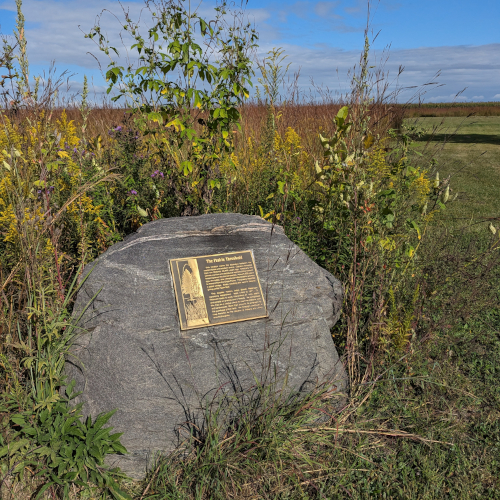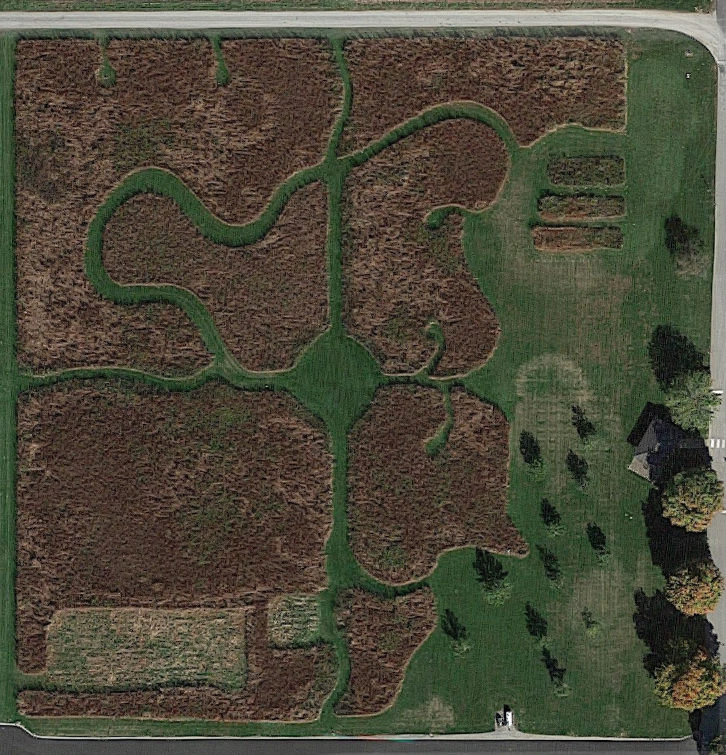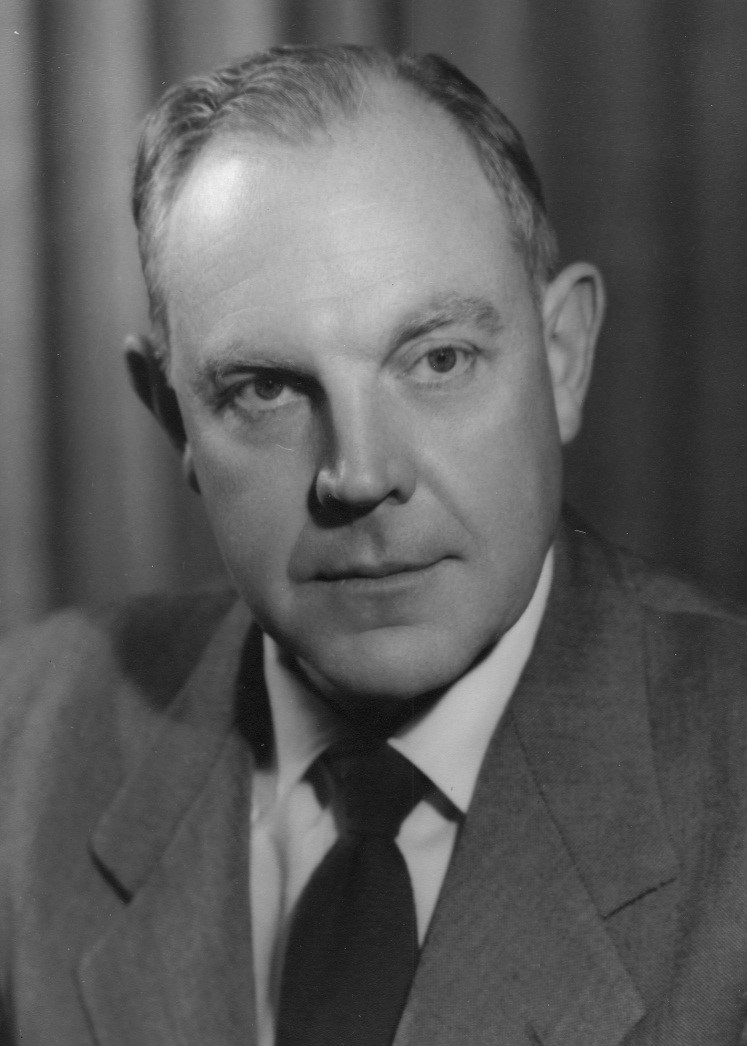
The Peterson Prairie Plot


The Peterson Prairie is an approximately four-acre plot containing native prairie plant species, located at the Purdue Agronomy Center for Research & Education (ACRE). It represents the junction where the Grand Prairie met the Great Hardwood Forest, and is the tip of the larger continuous prairie.
The Agronomy Department renovated this plot in 2003 and named it in honor of Dr. J.B. Peterson, Agronomy Department Head in 1949, who purchased this farm for agronomic research. The site is used as an educational installation demonstrating the history of Indiana prairies and the plants that grew there.



The dominant native species is “Big Blue Stem”, a larger prairie grass that can grow to eight feet in height. Big Bluestem is a perennial plant, and thrives in the eastern prairie because of the abundant moisture and its tall growing habit. Other species include Little Bluestem, Indian Grass, Side Oats Grama, Buffalo-grass, and Switch Grass. The site also contains two very different soil types, the darker prairie soil and the lighter forest soil.
Nearby, plots of native wildflowers are maintained to teach others how to identify those flowers and plants. Many species of wild flowers were reseeded in the Peterson Prairie Plot with the grass. Over time the eco-system will balance the species mix. Wildflowers include Black-eyed Susan, Indian Blanket, Partridge Pea, Coreopsis, Mexican Hat, Coneflower, Lead Plant, and many more. The adjacent wildflower garden also shows many other common prairie species.
Once a year the plot is burned allowing the native species to grow back and continue to be dominant. Otherwise, invasive plants are spot controlled by removal or spot spray. The annual cycle of fire and reduced summer rainfall patterns is a significant factor in the ecosystem’s long term balance between prairie and woodland.
Many small Bur Oak trees have been planted just east of the prairie point to symbolize the interface between forest and prairie, since Bur Oak is one of the rare species of oak that can withstand some prairie fire. A typical forest, here by the prairie, might have been dominated by Oak and Hickory species.

The Peterson Prairie Plot also includes an ornamental grass display of exotic grass species often used for home landscapes. Additionally, an agricultural crops garden is planted annually to demonstrate crops, other than corn and soybeans, which are grown around the world. Wander the trails in the prairie and view the labeled examples in the gardens. Access is available dawn to dusk. Please do not remove plant material.
